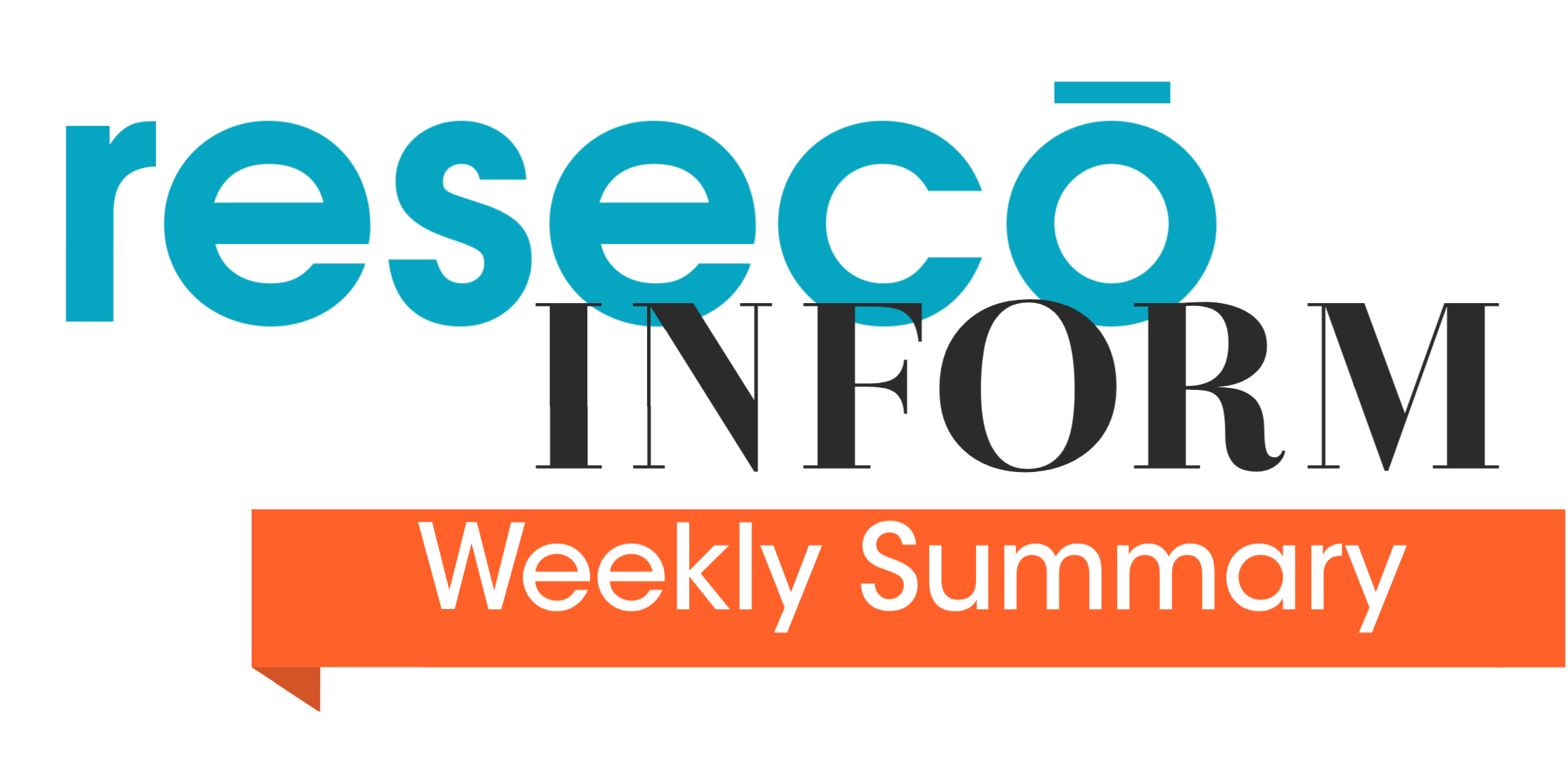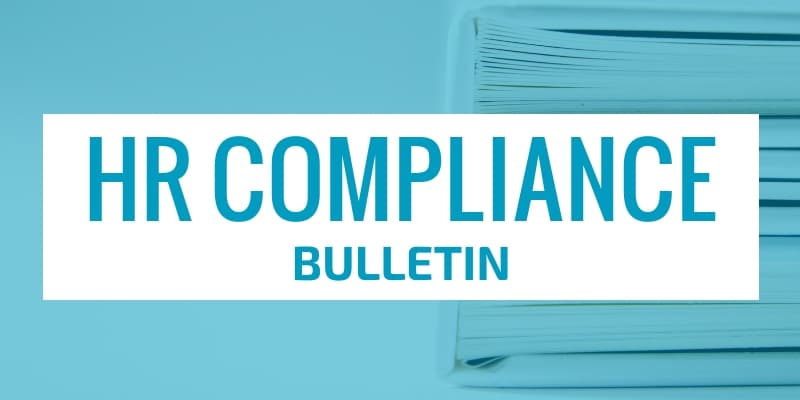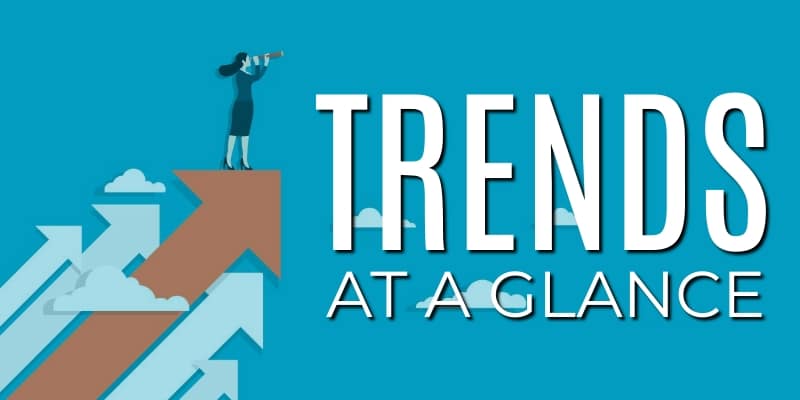13 Oct SBA Announces Simpler PPP Loan Forgiveness for Smaller Loans
 The Small Business Administration (SBA) and the U.S. Department of Treasury (Treasury) recently released a simpler Paycheck Protection Program (PPP) Loan Forgiveness Application Form 3508S and instructions.
The Small Business Administration (SBA) and the U.S. Department of Treasury (Treasury) recently released a simpler Paycheck Protection Program (PPP) Loan Forgiveness Application Form 3508S and instructions.
This updated, simple two-page application is for borrowers of $50,000 or less, and is not for use by borrowers who received PPP loans totaling $2 million or more together with their affiliates.
This action streamlines the PPP forgiveness process to provide financial and administrative relief to small businesses. The SBA and Treasury have also eased the burden on PPP lenders, allowing lenders to process forgiveness applications more swiftly.
13 Oct Work From Anywhere: Pros and Cons
 The COVID-19 pandemic changed the world within just a few months. As the crisis worsened, established processes were relaxed or abandoned in favor of maintaining operations. Among the most significant of these changes has been the increase in telework arrangements and the domino effect that it has caused.
The COVID-19 pandemic changed the world within just a few months. As the crisis worsened, established processes were relaxed or abandoned in favor of maintaining operations. Among the most significant of these changes has been the increase in telework arrangements and the domino effect that it has caused.
Telework, or working from home, has risen steadily over the past several years, but it exploded amid the COVID-19 pandemic. Take, for instance, a 2017 Gallup poll that found that 43% of Americans worked remotely at least some of the time. Now, nearly that same percentage (42%) is working remotely full-time, according to a recent Stanford study.
13 Oct HHS Renews COVID-19 Public Health Emergency
 On Oct. 2, 2020, the Department of Health and Human Services (HHS) renewed its determination that a public health emergency exists as a result of the coronavirus (COVID-19) pandemic, effective Oct. 23, 2020.
On Oct. 2, 2020, the Department of Health and Human Services (HHS) renewed its determination that a public health emergency exists as a result of the coronavirus (COVID-19) pandemic, effective Oct. 23, 2020.
This public health emergency, originally declared to have existed as of Jan. 27, 2020, was previously renewed on April 21, 2020, and July 23, 2020.
13 Oct Preventing Remote Work Time Theft
 Time theft in the workplace is a common and expensive problem across industries. And, if not addressed, it can cost employers time, money and customers.
Time theft in the workplace is a common and expensive problem across industries. And, if not addressed, it can cost employers time, money and customers.
In fact, the American Payroll Association found that 75% of businesses in the United States are affected by time theft every year. Another study estimates that time theft costs U.S. employers more than $400 billion per year in lost productivity.
When employees are working remotely, it’s harder to detect and prevent all types of fraud. This article explores the risk of time theft and explains how to prevent time or schedule abuse among remote employees.
09 Oct 10.09.20 – Weekly Summary

Post Summary for the Week of Oct 3rd - Oct 9th
09 Oct Employee Voting Initiatives
 Ahead of elections, many employers want to encourage voter participation and are considering if any initiatives may be appropriate for their organization. While voting initiatives allow employers to help increase voter participation— these efforts can also bolster employee relations.
Ahead of elections, many employers want to encourage voter participation and are considering if any initiatives may be appropriate for their organization. While voting initiatives allow employers to help increase voter participation— these efforts can also bolster employee relations.
Because partisan political and voting initiatives risk divisiveness in the workplace, employers should focus on simply encouraging voter participation. This article outlines the impact of voting initiatives and various efforts that employers can consider to help educate employees and encourage them to vote.
09 Oct States Update Employee Leave Requirements for Coronavirus
 In response to the coronavirus (COVID-19) pandemic, states have passed new laws and issued new regulations and guidance about employee leave taken for COVID-19 reasons.
In response to the coronavirus (COVID-19) pandemic, states have passed new laws and issued new regulations and guidance about employee leave taken for COVID-19 reasons.
These provisions are in addition to the federal Emergency Paid Sick Leave and Emergency Family and Medical Leave Expansion requirements passed on March 18 as part of the Families First Coronavirus Response Act (FFCRA).
09 Oct OSHA FAQs: Coronavirus Guidance
 The Occupational Safety and Health Administration (OSHA) has published a fair amount of guidance to assist employers in their efforts to provide a safe work environment for their workers during the current COVID-19 pandemic.
The Occupational Safety and Health Administration (OSHA) has published a fair amount of guidance to assist employers in their efforts to provide a safe work environment for their workers during the current COVID-19 pandemic.
In addition to this guidance, OSHA has also created a COVID-19 website where employers can access information about the latest agency updates and tailored advice on how to comply with workplace safety standards during this COVID-19 pandemic. This Compliance Bulletin provides OSHA’s answers to a number of frequently asked questions (FAQs) about its COVID-19 guidance on:
09 Oct CDC Says COVID-19 Can Be Spread Through the Air



 A wellness program is an organized program intended to assist employees and family members in making voluntary behavior changes that reduce their health risks and enhance their individual productivity.
A wellness program is an organized program intended to assist employees and family members in making voluntary behavior changes that reduce their health risks and enhance their individual productivity.